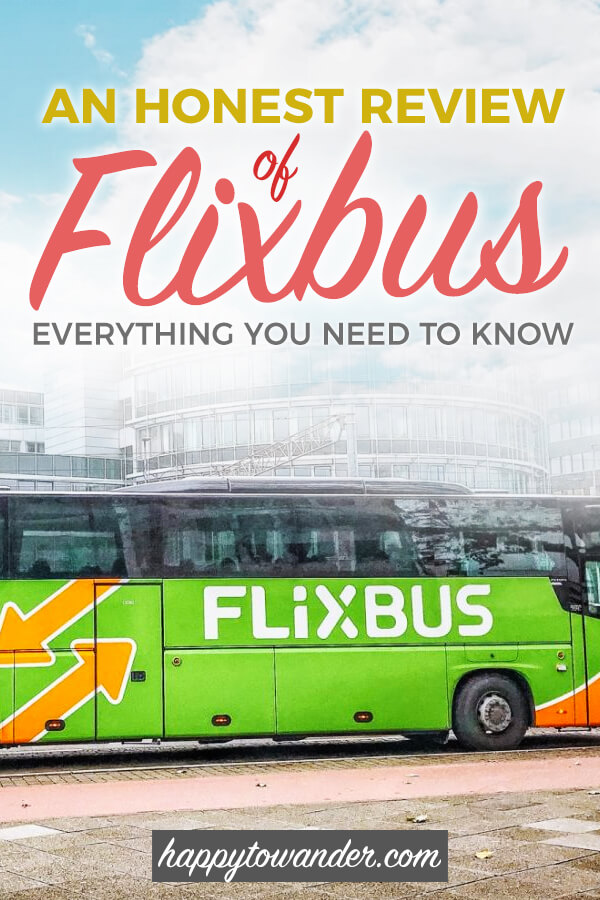Picture the universe of education as a bustling metropolitan city, with each subject occupying its own towering skyscraper. Through tenements of mathematics, mansions of literature, and condominiums of science, every discipline stands isolated in its respective silo. But what if the roads connecting these edifices are explored? Envision a city where physics meets philosophy, music mingles with math, and literature liaisons with life sciences. Welcome to the cityscape of “Integrated Learning Adventures: Where Subjects Collide.” Prepare for a pedagogical journey where disciplinary boundaries blur to unravel knowledge threads that weave the unique tapestry of our comprehension. Join us as we venture into this cross-disciplinary metropolis to discover how integrating disparate subjects can redefine the way we learn and understand the world.
Imagine a landscape where mathematics, literature, science, and history live harmoniously, interweaving their unique threads to create a rich tapestry of knowledge. This isn’t a distant dream, rather the vibrant reality of Integrated Learning Adventures. These quests for knowledge break down traditional barriers between subjects, fostering a holistic understanding of the world. One sees the beautiful mathematical patterns in algorithmic poetry, explores history through the lens of scientific discovery, and unearths the socio-political impacts of scientific theories like climate change. The subjects collide, not in a destructive manner, but in a symphony of interconnected learning.
To effectively navigate this landscape, the educator requires a firm, strategic grip on their lesson plan. Integrated Teaching and Learning strategies open a realm of creative possibilities. These include, but are not limited to:
- Storytelling that weaves together elements from different subjects, allowing students to see the real-world applications of abstract concepts.
- Project-based learning with integrated subjects can create a more comprehensive understanding while teaching students the art of collaboration. This could be designing a sustainable city using skills from art, science and social studies.
- Encourage students to explore their patterns and relationships, creating an environment that fosters lateral thinking. For example, understanding the correlation between the increase in industrial factories (history) and air pollution (science).
Real-life applications create strong connections between knowledge and understanding, making learning memorable and impactful. Jurassic Park ignites the curiosity about DNA replication, a debate on the ethics of atomic bomb exploring history, science and philosophy, or a cooking lesson illustrating fractions – the horizon is endless.
In the tapestry of education, threads of knowledge intersect and weave around exciting tales of discovery, creativity, and growth. Integrated Learning Adventures exemplify these fascinating intersections where subjects collide, forming a unique portrayal of interconnected realms of education. As we close the curtain on this exploration of these educational expeditions, remember, every subject carries a part of the big educational picture, and when braided together, they form an impactful teaching methodology. Hearkening to this ecosystem of learning, it’s evident that integrated learning is not merely a trend – it’s the future. So let’s strap ourselves in for this exhilarating ride to an educational destination brimming with innovation, adventure, and an out-of-the-box spirit. The bell has rung, the classroom doors have flung open wide – it’s time to step into our next Integrated Learning Adventure.






